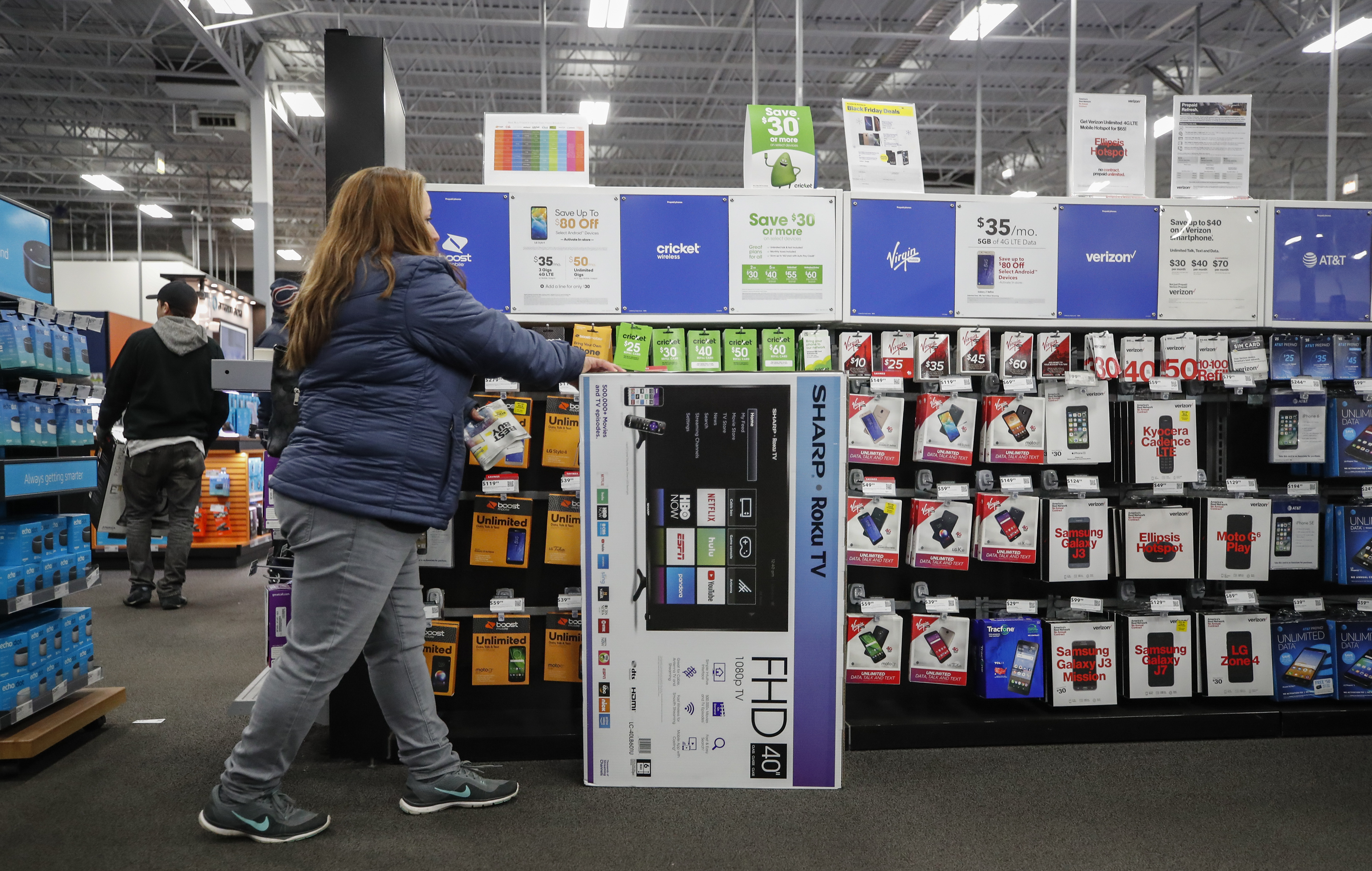
It’s no secret that retailers are facing constant disruption from the likes of omni-channel selling, direct-to-consumer models, e-commerce, mergers and acquisitions, and more.
Independent dealers face additional adversity due to budget constraints and talent retention issues that retail giants can afford to overlook.
However, one area where independents can compete on a level playing field is in retail execution. Here we’ll examine how poor retail execution practices are negatively impacting retailers today, and how independents can use the resources already available at their disposal to correct these problems.
The Problem
Sloppy retail execution is expensive. According to retail analytics company Quri, as much as 25 percent of retail sales are lost due to poor retail execution practices. Other studies show that on average this loss equates to a sizable $3.7 million in revenue for retailers. Even more shocking is the aggregated $634.1 billion that retailers globally chalk up to out-of-stocks.
So what’s to blame for all these profit pitfalls? Compliance, for starters. A recent survey revealed that suppliers of consumer packaged goods (CPG) had a perceived compliance rate for their in-store displays of over 70 percent, when in reality it was a mere 40 percent.
This missed opportunity is underscored by the fact that 76 percent of all purchase decisions happen when shoppers are in the store, and 68 percent of all purchases are based on impulse. Hence, displays that are missing or incorrectly set up have a direct impact on sales. What’s more, 47 percent of CPG brands cite poor in-store practices on the part of retailers for deficiencies in trade compliance.
Related: Your Products Are At The Mercy Of The Retailer
The Solution
There are two answers to the problem of bad retail execution, and neither are mutually exclusive. To take charge of this dilemma, dealers must leverage data and communication.
There are three data types that prove useful in addressing retail execution, those being activity data, observational data and sales data. These can be respectively defined as the measure of in-store outputs from brand representatives or retail personnel (i.e.,“time spent in store” or “frequency of shelf resets”); information on what’s actually happening in the store (i.e., photos of promotional displays or notes on competitor activity); and the measure of SKUs sold during a given time period.
Smart retailers are already taking advantage of these data types by fostering open lines of communication with their supplier partners. But how exactly are retailers and brands collaborating to improve their retail execution procedures? Let’s see in some examples below:
- Whichever party (either retailer or brand rep) is responsible for promotional display setup shares observational data with the other to ensure compliance.
- Brands provide retailers with observational and sales data to show which in-store placements are the most lucrative.
- Retailers monitor observational data on shelf presence more closely to prevent out-of-stocks and keep track of damages that could lead to returns. Brands simultaneously monitor this data regularly to know when to send more inventory.
- Transparency around activity data from both parties promotes accountability of those personnel responsible for various retail execution tasks.
- Retailers share observational data around in-store traffic and market basket loads to help suppliers in their promotion planning.
- Comparing historical sales data helps both parties improve holiday season planning.
- Suppliers share observational data from competitor retailers to build trust with their accounts and help them stay ahead of the curve.
These scenarios just scratch the surface of what’s possible when retailers and suppliers come together to prioritize retail execution.
The Reality
Experts agree that data largely depends on collaboration in order to derive any meaningful insights. In an industry that’s changing faster than ever before, being agile in regards to in-store execution is imperative. To combat the onslaught of threats to profitability they’re faced with everyday, retailers of all sizes must utilize data and establish open lines of communication with their suppliers to win.













